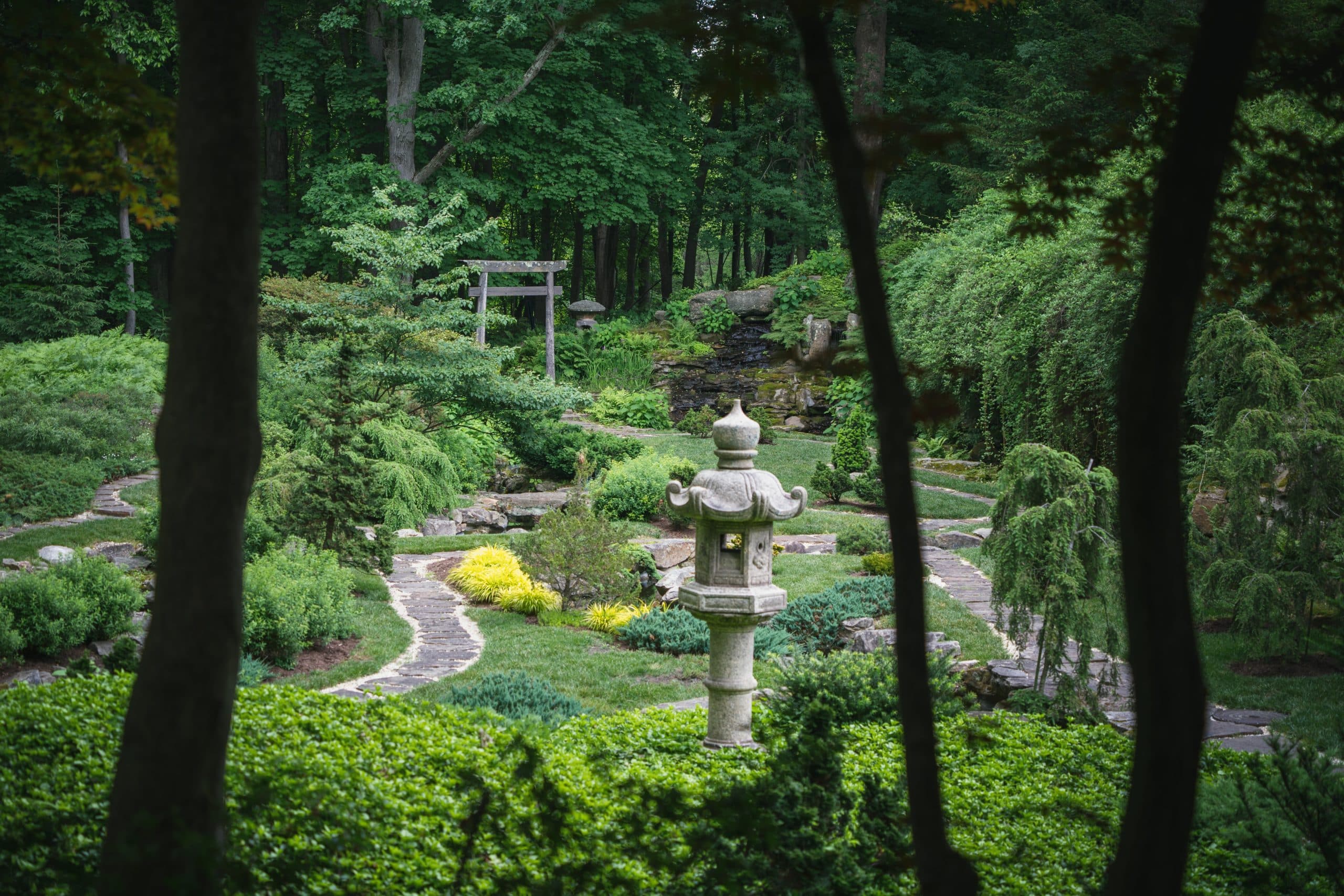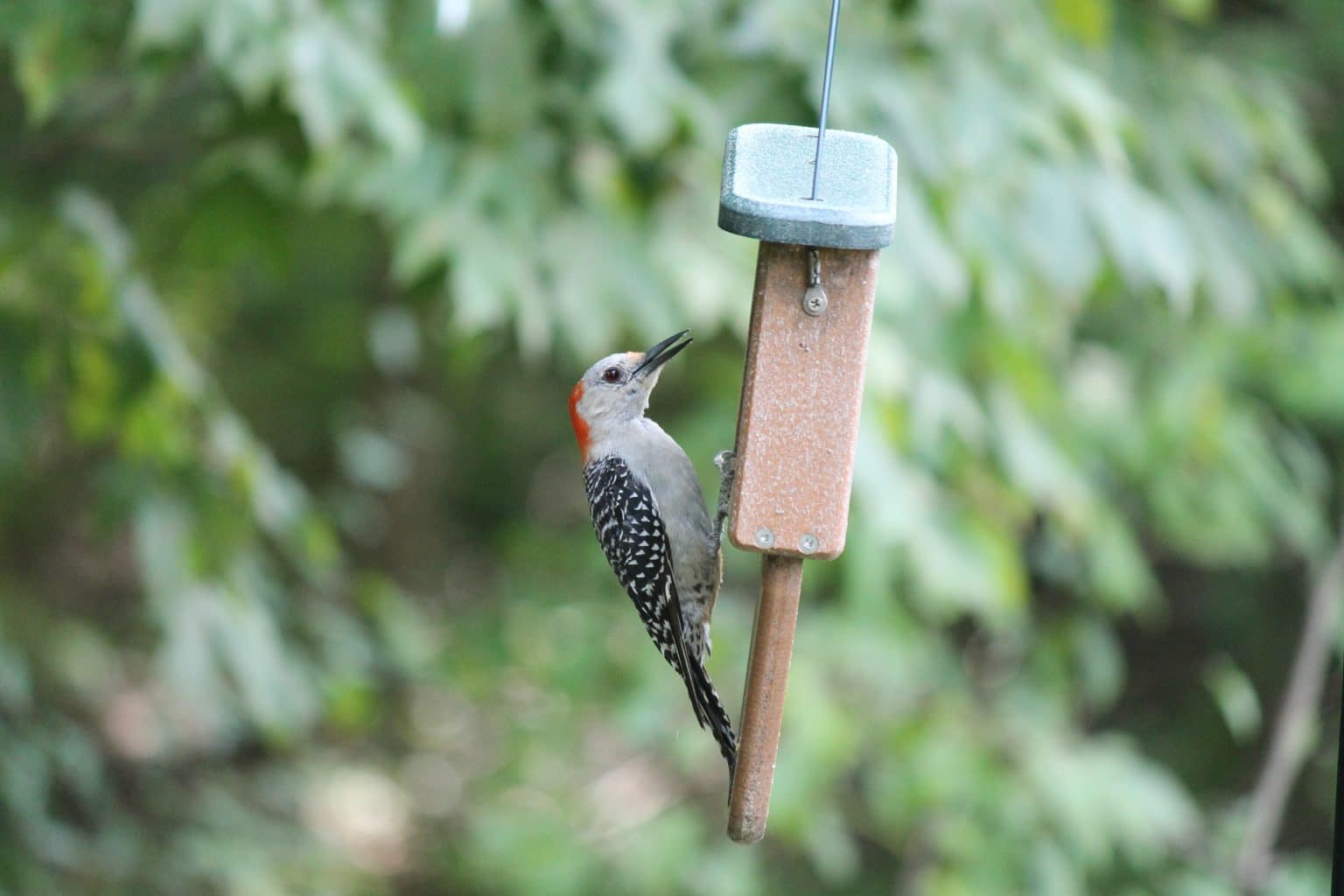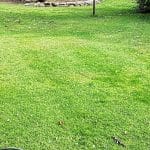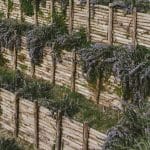Table of Contents
Like master builders, gardeners from Southern Ohio to the edges of Cincinnati need a blueprint before they start hitting the ground with their tools. That blueprint is timing. See, planting a garden ain’t like tossing pebbles into a creek; pick a rock, any rock, and throw. Nah. You gotta consider the weather forecast, things like when the snow morphs into puddles or when the evening cooler temperatures soothe the heat of the day. Timing it right in Ohio means you can juggle a fresh burst of vegetables in one hand, and native plants clinging proudly from the other. There’s an art to it.
Important to remember that different things mature at different speeds. You don’t plant pole beans at the same time you’re looking to get your rhododendrons on. You gotta be one step ahead, like a good Ohio State quarterback. People underestimate what’s involved in planning a garden. When it comes to picking your dates right, it’s like assembling a triangle offense in basketball – every part must know where to be and when. By matching the climate with the timetable for each plant life cycle, Ohio’s planting season can become a gastronomic venture that keeps giving all year round.
Understanding Ohio’s Climate and Growing Zones
Ohio, it’s like a school dance, different groups hanging in different corners. Northern Ohio is dance floor Zone 5 where the cooler kids hang, then you got central Ohio or Zone 6 where the fraternity and sorority folks are boogieing down. And in the far corner under the disco ball is southern Ohio’s warmer Zone 7, all the drama kids rehearsing their next performance.
Your plant babies gotta be able to thrive in whatever corner they’re gonna be dancing in. Say you’re ready to get your hands dirty in May, but you’re located in Zone 5, you might want to look at that average last frost date. It’s been known to stick around like an uninvited guest at a party till around mid-May. Party crasher frosts can lead to a disastrous planting season. So gotta play it smart, know the lay of the land and the climate patterns, especially so that nothing rains on your produce parade.
Importance of Hardiness Zone in Garden Planting
So what’s so grand about this Hardiness Zone hoopla? Think of it like the road map to your veggie victory. The USDA plant hardiness zone is a guiding force in maintaining a plentiful and thriving garden in Ohio, or any other spot in the United States for that matter. It’s not just important; it’s essential. Zone 6b, for example, is great for growing goodies like broccoli, but that might not be a universal truth for every plant and every zone.
Winter and Spring Planting in Ohio’s Hardiness Zone 6
Winter and spring roll around and your fingers are itching to sprinkle some life into the soil. Look out for something sturdy to withstand the chilly winds, a local tough guy, the Swiss Chard. Known to take a good frost beatdown and still stand tall.
One trick Ohio veterans will tell you, you gotta start some seeds indoors where it’s cozy and warm. Much like preheating the oven before you throw in a pizza. You provide a head start before they brave the outdoor climate.
Summer and Autumn Planting in Ohio’s Hardiness Zone 6
Come sun-up in the summer till autumn breeze, that’s prime time for planting some produce power hitters. You can start some seeds indoors, giving them a fighting chance before they step out into the real world. Kinda like teaching your kid to ride a bike with training wheels before he hits the open road.
Got a hot spot for spices and flavor in your cooking? Okra might just be your new best friend. A Southerner by origin, it’s pretty much the cockroach of the vegetable kingdom, anything less than a nuclear disaster and they’re good. Brussel sprouts on the other hand, they’re like teenagers, prefer the cool of autumn but need to be planted in the warmer months. Odd bunch.

Ohio’s Vegetable Planting Schedule and Calendar
Getting down in the dirt to raise some nice homegrown greens? Your personal green grocery in your backyard ain’t a bad idea at all. But to harvest, you first gotta plant and knowing when to plant – well that’s the holy grail right there. We’re talking a whole year round project, folks, with guidance from gardening gurus to figure out the right hours and days considering the hardiness zones and temperatures. You don’t wanna plant your greens when it’s hotter than two wolves fighting in a pepper patch, or colder than a witch’s elbow either, as they’d say. Five degrees Fahrenheit isn’t a picnic for the lettuce beetles you might need, right?
Planting Dates for Different Vegetables
Spring knocks on your door and brings a whole hoopla of options for your green thumb. You’re in Ohio, the land of opportunity for a veggie enthusiast. Radishes, onions, and cool-season crops like Swiss Chard are ready to dive into the earth come early spring, but for the undecideds like beets, carrots, and broccoli, mid-spring is ideal. It waits till the soil temperatures have cozied up a bit. Nothing wrong with a little wait, a watched pot never boils, ain’t that right? Your soil thermometer can be your best bud here in getting the temperature just right.
Speaking of weather, in late spring to early summer, the thermometer gets a notch on top, and plants like cucumbers are ready to soak up some sun. In that heat, only the strongest survive, like those sleepless nights when you can hear every cricket in Ohio. Then in summer, you can spice up your life with herbs – basil, dill, parsley – all soaking up that great Ohio warmth. Timing and patience, it’s gotta be your best friends when planting in Ohio.
Spring Planting: March & April
As the frost melts under the warm Ohio sun, March and April are prime time for planting funkadelic greens like asparagus, broccoli, and even brussel sprouts. You see, these sturdy mini-trees benefit from the cool spring days, putting down roots before the summer tide, enjoying the Ohio spring rain like a long-awaited gig.
So, as soon as the snow shoveled walkways start to dry, it’s time to kickoff the planting season. Let’s start with asparagus – a perennial favorite. This cool-season crop keeps fans coming back year after year. Next, we have broccoli, known for its simplicity and frost resilience. Lastly, brussel sprouts, although somewhat polarizing, can be a huge hit when grown with care.
Summer Planting: May, June & July
Okra, a summer superstar, takes the stage as the summer months roll around. The great thing about okra is that it loves the heat. So, if you’re thinking the Ohio summers are too scorching for greens, okra proves you wrong. In fact, this summertime veggie needs the hot days as much as a rock star needs his crew.
Start planting seeded or transplanted okra in May when the chance of a last-minute frost is slimmer than those tight leather pants on the lead singer. This gumbo essential loves basking in full sunlight and enjoys loamy, well-drained soil. Here’s looking at you, okra – the summer showstopper.
Fall Planting: September & October
Rolling into fall, zip yourself up, shake off those festival ground’s dust, and let’s talk about the infamous Ohio zone 6a. Marked by climatic changes, this spot is hot for winter gardening in Ohio. Your Brussels sprouts planted in spring may still be stealing the limelight, thanks to Ohio’s extended cool fall.
Plant cool-season crops that can take advantage of the still-warm soil and cool temperatures. And die-hard greens, like spinach or kale, will keep the party of tastes going into the winter. As long as you stick to zone 6a, the Ohio zone’s unique microclimate, you’ve got yourself a comfy lineup for late-season gardening.
Crucial Factors to Consider Before Planting in Ohio
Planting in Ohio is like forming a band. Sure, the drummer (the plants) is important, but you also need a solid bass player (the soil), a frontman who catches the right light (sun exposure), and a group ethos that ensures the band doesn’t break up before their breakout hit (proper drainage). Before you bring out the ‘sounds’ from your garden in Ohio, double-check if everything is in sync for optimal growth. Test the soil quality, get down and count how many hours of direct sunlight your garden’s location gets, be on the lookout for any fungal diseases, and pick native plants that shoot up like rock stars in Ohio’s climate. And don’t forget to use raised beds if there’s a threat of root rot. Now, that’s what I call ideal planting!
Prepping Your Yard for a Successful Garden
The planning of your garden in Ohio is like a backstage pass to a successful harvest. You gotta fix things well ahead and think about everything, from the location in tune with Ohio’s climate to well-thought-out elements like drip irrigation. These decisions are like checking the gear before the show starts, making sure everything’s up and running.
You wouldn’t just stick the drummer in a dark corner, right? So, don’t plant crops like tomatoes and peppers in a shady spot. Start them indoors while the soil freezes outside, and come April, once the threat of frost passes, bring them outside. They’ll keep the rhythm going from Spring into Summer.

Choosing the Ideal Spot for Your Garden
Location, location, location; No, we’re not talking real estate. We’re talking about planting your garden in a location that acts like Ohio’s very own sun stage. You see, most plants, like the crowd-amping rock stars they are, love the spotlight — a solid six hours of sunshine, at least. And like every big lights, big city venue, you need steady access to water, plus good, level ground. So, mind the shadows, pick your spot and let the garden show begin!
Work Your Soil for Optimum Growing Conditions
Prepping your yard ain’t all about the aesthetics. It’s also about working that dirt to create the perfect home for your green babies. First off, you gotta consider those raised beds. Built above the ground, these make garden soil preparation simpler by improving drainage and enabling easier soil amendment. Also, it benefits your back; no more bending over too much!
Adding organic materials to your soil also helps. Manure, compost, and leaf mold can favorably adjust soil pH and add nutrients. Hey, think of it as a hearty breakfast for your budding seedlings. They’re gonna need all the strength they can get to brave Ohio’s temperamental climate, right?
Maintaining Your Garden for Beautiful Harvests
The journey from seed to table doesn’t stop with just digging holes and planting. You’ve also got the noble calling of garden maintenance. Now, this ain’t as fancy as it sounds. It’s simply ensuring your vegetables stay healthy, happy, and ready to bear them beautiful harvests.
Weed frequently but gently, keep critters out, and protect your plants from major diseases. Plus, a sturdy homemade scarecrow keeping guard ain’t gonna hurt. Also, remember regular watering. A reliable system, like drip irrigation, ensures your plants get enough H2O without wasting water. Ain’t nothing more satisfying than seeing those juicy tomatoes and crispy peppers all ripe and ready for plucking, right?
Essential Tips for a Flourishing Ohio Garden
Ohio’s climate can be kind of like its famous roller coasters – extreme ups and downs. But that doesn’t mean you can’t have a booming garden full of luscious veggies and vibrant flowers. First off, let’s get those garden ideas rolling. Remember, what you wanna plant influences how you prepare your garden.
Next, make sure you know when to plant your desired crops. Some veggies prefer Ohio’s cooler spring, while others love basking in Ohio’s hot and humid summer. To be precise with the planting, try using an Ohio vegetable planting calendar. Now, let’s get to the nitty-gritty of making sure you plant right and harvest plenty, shall we?
Starting Seeds at the Right Time for Best Results
Spring gardening starts way before the final frost says adios. Ya gotta think ahead, especially if you’ve got a big garden space to fill. It’s akin to schedule an event – timing is your key. Begin indoors (as in your Ohio home, not some random indoor park).
You see, starting seeds indoors can give ’em an early boost. This approach works great for plants that need a longer growing season. Give ‘em a head start in the comfort, controlled environment indoors before moving them into the unpredictable Ohio outside. It’s like training wheels for your budding sprouts.
Selecting Suitable Crops for Ohio’s Climate
When planting in Ohio, your crop selection isn’t merely about what veggies your kids will eat. Looking at the hardiness of seeds, for instance, can help ya pick vegetables that are built to withstand Ohio’s climate. For example, gutsy vegetables like spinach and peas might break ground well before the last frost in spring, while others might need to cuddle indoors a titch longer.
Planting schedules, like the Ohio Vegetable Planting Calendar, can come in handy here. Start your tomatoes and peppers well before summer but wait a tick before transplanting them outside. Wait, what’s that, you ask? Why, it’s to make sure they’re up to wielding Ohio’s whimsical, often wave-crashing weather. It wouldn’t be beneficial tossing them out there too soon now, would it?
Wrapping up the Ohio Planting Guide
Alright now, folks. About time we put a lid on this here Ohio Planting Guide. I mean, we’ve covered a lot of ground, from understanding the squirrelly antics of Ohio’s growing zones like 5b, to ideal times to plant your cabbages, lettuces and whatnot. We’ve gotten down to the nitty-gritty, shifting through details like the fine particles of clay in soil, or the joy of mixing compost, you know – just a ton of gardening tips for the green thumb and newbie alike.
From the ideal growth rate of your bush beans to an excellent spot for your rhododendrons, man, we covered it all. Even shed some light on situations specific to Ohio, like planting some tasty green onions right out in the open on the south and southwest sides of your garden patch, or knowing when your soil feels dry enough to need deep watering, maybe once a week or so. Now, don’t forget to keep your seeds stored in a cool, dry place, all nice and tightly sealed. Because nobody wants their seeds turning into a sad, shriveled little mess before they even get a shot at life, right? Alrighty then, here’s wishing you all bountiful harvests and lush, green garden patches all year round.

I’m John, a “seasoned citizen” and an avid gardener. I live in Minnesota, where our weather and growing conditions can be harsh and challenging. Over the years, I have learned a thing or two about being successful in growing things. I have curated these tips, which I think are helpful for the beginning gardener and the seasoned experts. If you have feedback, let me know in the contact form.




